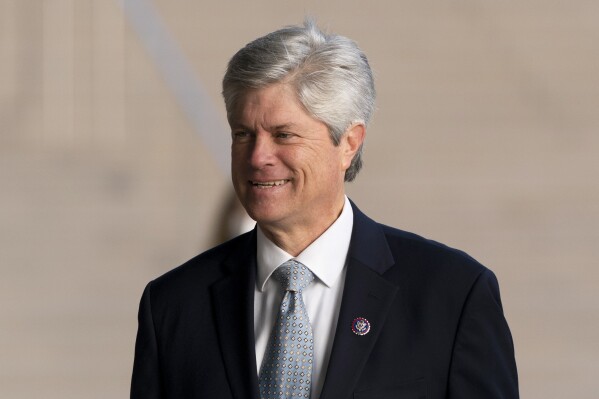Court upholds a Nebraska woman’s murder conviction, life sentence in dismemberment killing
OMAHA, Neb. (AP) — The Nebraska Supreme Court has upheld the murder conviction and life sentence of a woman in the 2017 death and dismemberment of a Nebraska hardware store clerk.
Bailey Boswell, 30, was convicted in 2020 of first-degree murder, conspiracy to commit murder and improper disposal of human remains in the death of 24-year-old Sydney Loofe. Boswell’s co-defendant and boyfriend at the time of the killing, 58-year-old Aubrey Trail, was convicted of the same charges in 2019 and sentenced to death in 2021.
Prosecutors said Boswell and Trail had been planning to kill someone before Boswell met Loofe on the dating app Tinder. Boswell made plans for a date with Loofe, a cashier at a Menards store in Lincoln, to lure her to the apartment where she was strangled.
The FBI and other law enforcement spent three weeks searching for Loofe before her dismembered remains were found in December 2017. Loofe’s body was found cut into 14 pieces and left in garbage bags in ditches along rural roads in southeastern Nebraska.
In her appeal, Boswell challenged the admission of evidence by prosecutors in her trial, including photographs of Loofe’s dismembered body, arguing the gruesome photos served only to turn the jury against her. Boswell also objected to the the testimony of several women who said Trail and Boswell had talked of occult fantasies and had expressed a desire to sexually torture and kill women.



Boswell’s defense attorney argued at her trial that she was forced by Trail to go along with the killing and dismemberment of Loofe.
Justice Stephanie Stacy wrote for the high court’s unanimous ruling Friday that “there is no merit to any of Boswell’s assigned errors regarding the trial court’s evidentiary rulings.”
Disclaimer: The copyright of this article belongs to the original author. Reposting this article is solely for the purpose of information dissemination and does not constitute any investment advice. If there is any infringement, please contact us immediately. We will make corrections or deletions as necessary. Thank you.





